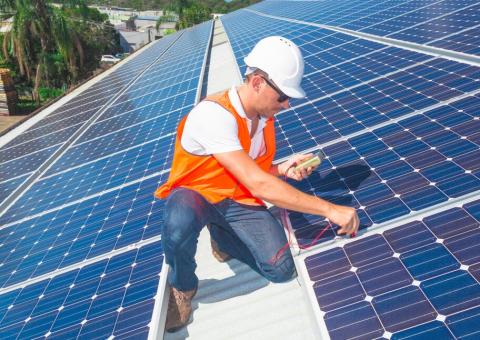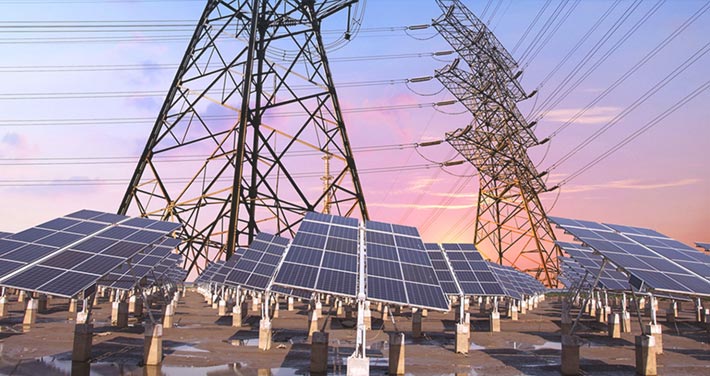Solar power has made great strides in recent years, with advanced technology and competition driving the cost down and the quality and availability up. It sounds simple enough – put some panels on the roof, then sit back and enjoy the savings. But there are many factors that need to be taken into consideration before you make the switch. Here, our focus will be on photovoltaic solar technology, which uses arrays of cells to turn sunlight into electricity. Read on to learn some of the key questions that need answering before you proceed to the next step.
How Old Is Your Roof?
Is it in need of repairs or replacement in the near future? The lifespan of a solar array is similar to that of a quality asphalt-shingled roof – approximately 20 to 25 years. Coordinating the installation of solar panels with the replacement of your roof will keep maintenance costs to a minimum, as roof repairs will necessitate the dismantling and reinstallation of the panels.
Which Directions Do the Slopes of Your Roof Face?
In order to generate the maximum amount of power, most experts agree that the best slope direction for solar panels is either south, southwest, or southeast. Be sure to factor in any large objects, such as trees or nearby buildings, as their shadows can hinder energy production.
Do You Have the Right Insurance?
Problems can arise during the installation of a solar panel system, and it’s crucial to ensure you have adequate insurance coverage. There can also be building codes, requirements for rebates, legal regulations, and certifications that require insurance, so be sure to check in with your homeowner’s insurance agent ahead of time.
Are You Taking Advantage of Rebates?
The Department of Energy offers as much as 30 percent savings in federal tax credits, but many states, municipalities, and solar companies have their own incentives. Since the cost of installing solar panels typically ranges between $20,000 and $30,000, it’s a good idea to ask your contractor before you sign on the dotted line.
Learn more about the federal tax credit.
Learn more about Massachusetts incentives.
Learn more about New Hampshire incentives.
How Long Are You Going to Live in Your House?
Even though solar panels can be advantageous as a selling point, increasing your home’s value by as much as 4 percent, it’s important to understand that it typically takes six years or more before your investment starts to pay off. You’ll see an immediate reduction in your electric bill, but the panels and installation are costly and it takes time to recoup this up-front expense.
Did You Know? Solar panels don’t require direct sunlight to work, and can absorb ambient or scattered sunlight – even on a cloudy day.
Key Takeaways:
- The quality of the solar panels will determine the amount of electricity your system will generate. Be sure to choose a reputable brand.
- You’ll also need an inverter, which converts the direct (DC) current generated by the panels and converts it to alternating (AC) current for use in your home. The inverter is usually the limiting factor in a solar array, so quality counts here, as well.
- Homeowners who generate more electricity than they need can push that energy back out through their meters as a surplus through a process known as net metering. Learn how the interconnection process works and start your application online.





